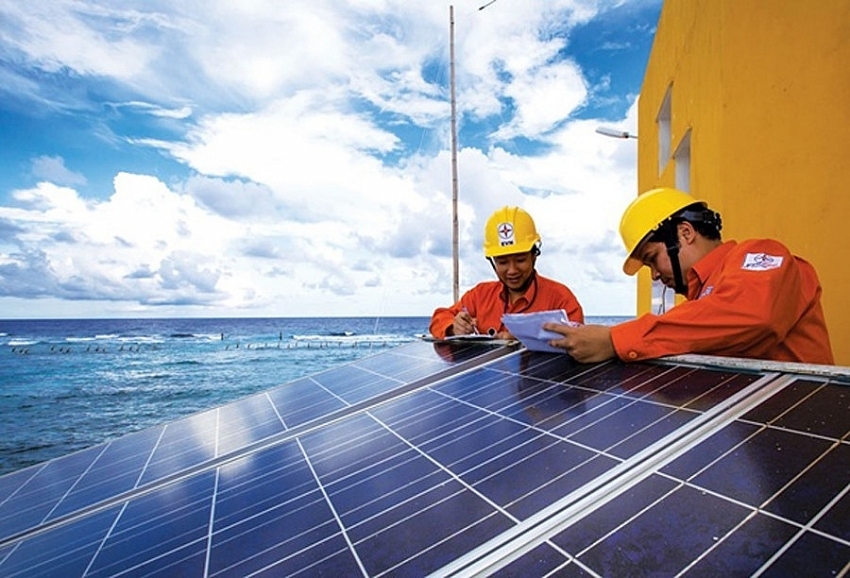ENERGY INSTITUTE: RENEWABLES CAN CUT IN THE NEXT 5 YEARS
The Institute of Energy mentioned the review and assessment of the current capacity of the national power system. Most likely will have to continue to cut renewable energy sources in the next 5 years.
According to a report from the Institute of Energy, by the end of 2020, Vietnam’s electricity system has a total installed capacity of about 69GW (including rooftop solar power); in which, coal thermal power has about 21GW; hydropower about 21GW; about 9GW of gas turbines and oil-fired thermal power plants, about 17GW of solar power (including rooftop solar power); wind power, biomass and imported power with a capacity of less than 1GW each.
In the period 2011-2020, the total installed capacity of power sources increased at an average rate of 12.9%/year. Among traditional power sources, coal-fired power plants grow fastest with an average growth rate of 18%/year, followed by hydropower capacity increasing at 9.2%/year.
Besides traditional sources, solar power and rooftop solar power also have a sudden growth in the years 2019 – 2020. From a negligible level in early 2018, currently, the structure of renewable energy sources Generators (wind and solar) have accounted for nearly 26% of the total installed capacity of the power source. Gas and oil thermal power plants hardly developed any new during the period 2011-2020.
 |
According to the Institute of Energy, due to the impact of the incentive mechanism for solar power development in Decision No. 11/2017/QD-TTg dated 11/4/2017 and the incentive mechanism for wind power development in Decision No. 39/2018/QD-TTg dated September 10, 2018, wind and solar power projects have developed very strongly in recent times.
By the end of December 2020, the total solar power capacity (including rooftop solar power) is 16,500MW (accounting for 24.1% of total capacity), the total wind power capacity is 567MW (accounting for about 0. 86% of total capacity). These power sources are unevenly distributed, concentrated mainly in potential provinces in the Central and Southern regions such as Binh Dinh, Khanh Hoa, Phu Yen, Binh Thuan, Ninh Thuan, An Giang, and Long An.
Currently, the total capacity of renewable energy sources approved to supplement the planning by 2025 is about 25,500MW (excluding rooftop solar power projects), including 13,900MW of farm solar power and 11,500 MW of wind power. Thus, the remaining 5,000MW of solar power and 6,144MW of wind power have been approved for planning but cannot be put into operation in 2021. However, there is currently no specific information on incentive mechanisms for development. renewable energy for the period after October 2021, so the progress of these sources is still risky.
Types of renewable energy in general and solar power in particular have a much shorter construction investment time than the construction of the transmission grid. Furthermore, these power sources have many operating characteristics that are different from traditional power sources such as: high uncertainty, weather-dependent operating modes, no contribution to system inertia and frequency regulation. grant…
Therefore, the sudden increase of this type of power source leads to many problems in power system operation such as: full load, local overload, decrease in system inertia, increased number of starts and requirements. capacity adjustment of thermal power plants… One of the direct consequences of these problems is the deflation of renewable energy sources. In 2020, the untapped output of solar power is about 364 million kWh. In 2021, as expected by Electricity of Vietnam (EVN), the untapped electricity output of the aforementioned renewable energy sources will increase, reaching about 1.68 billion kWh (of which, it is expected to save electricity). reduce 1.25 billion kWh of solar power and 430 million kWh of wind power, equivalent to about 7-9% of the available output of these power sources). In the first 3 months of 2021,


